How to File a Pedestrian Accident Claim: A Complete Guide
Pedestrian accidents can be life-altering events. Unlike individuals inside vehicles, pedestrians have no physical protection when they are involved in collisions with motor vehicles. These accidents can result in severe injuries such as broken bones, traumatic brain injuries, spinal cord damage, or even death. When you or a loved one is involved in a pedestrian accident, knowing how to file a claim is crucial in securing the compensation you need for medical expenses, lost wages, and pain and suffering.
This comprehensive guide will explain the step-by-step process of filing a pedestrian accident claim, explore the legal nuances surrounding pedestrian accidents, and address frequently asked questions. This article will also explain why legal representation is essential for maximizing your claim and securing the compensation you deserve.
What Is a Pedestrian Accident?
A pedestrian accident is any accident in which a person on foot is struck by a motor vehicle, bicycle, motorcycle, or other form of transportation. These accidents are hazardous for pedestrians because, unlike drivers and passengers in cars, they are completely exposed and have no physical protection from the impact.
Pedestrian accidents can occur in various settings, including crosswalks, intersections, sidewalks, and parking lots. The injuries that result from pedestrian accidents are often severe, ranging from minor bruises to life-threatening trauma or death.
Common Causes of Pedestrian Accidents
Pedestrian accidents occur for many reasons, including the negligence of drivers or other road users. Here are the common causes of pedestrian accidents:
- Distracted Driving: Distracted driving is one of the leading causes of pedestrian accidents. Drivers who are distracted by their phones, adjusting the radio, eating, or engaging in other activities that divert their attention from the road are more likely to fail to notice pedestrians in their path.
- Speeding: Speeding is another major factor in pedestrian accidents. When drivers exceed the speed limit, they have less time to react to pedestrians crossing the street. Additionally, the higher the speed of the vehicle, the more severe the injuries sustained by the pedestrian.
- Driving Under the Influence: Drivers under the influence of alcohol or drugs have impaired judgment and slower reaction times. Driving while intoxicated significantly increases the likelihood of pedestrian accidents.
- Failure to Yield: Pedestrians have the right of way in many situations, especially at marked crosswalks. When drivers fail to yield to pedestrians, serious accidents can occur.
- Reckless or Aggressive Driving: Reckless driving behaviors such as running red lights, making illegal turns, and tailgating can harm pedestrians. Aharm ‘sive drivers are also more likely to engage in risky maneuvers that endanger pedestrians.
- Poor Weather Conditions: Rain, fog, snow, and other adverse weather conditions can reduce visibility and make roads slippery, increasing the risk of accidents. Drivers must exercise extra caution in these conditions to avoid hitting pedestrians.
- Inadequate Road Infrastructure: Poorly designed intersections, lack of pedestrian crossings, and insufficient lighting can contribute to pedestrian accidents. The risk of accidents is significantly higher in areas with no clear pedestrian pathways.
How to File a Pedestrian Accident Claim: Step-by-Step
If you or a loved one has been involved in a pedestrian accident, filing a claim is the first step toward recovering compensation for your injuries and financial losses. Filing a pedestrian accident claim can be complex, but following these steps can improve your chances of success.
1. Seek Immediate Medical Attention
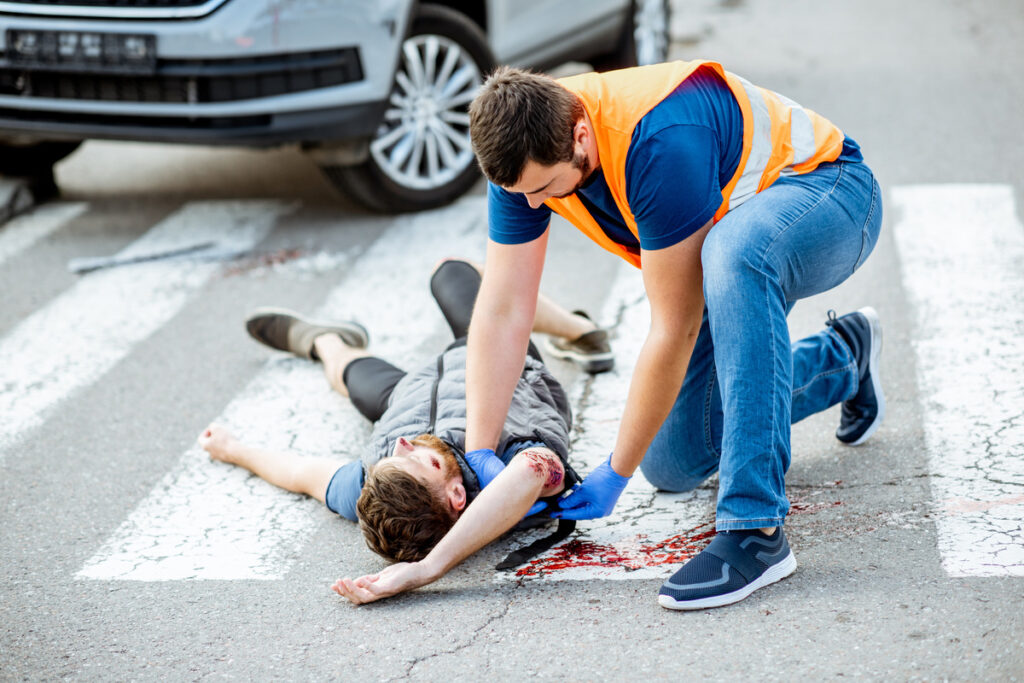
The first and most important step after a pedestrian accident is to seek medical attention for your injuries. Even if you feel your injuries are minor, it is crucial to be evaluated by a medical professional. Some injuries, such as internal bleeding or traumatic brain injuries, may not be immediately apparent but can worsen over time.
By seeking medical attention promptly, you ensure that your injuries are documented by a healthcare provider, which is vital when filing your pedestrian accident claim. The medical records generated from your visit will indicate the extent of your injuries and their connection to the accident.
2. Collect Evidence at the Scene
Gathering evidence at the accident scene can significantly strengthen your pedestrian accident claim if you are physically able. Key pieces of evidence include:
- Photos and Videos: Take clear photographs or videos of the accident scene, your injuries, the vehicle involved, and any nearby traffic signals or signs. Documenting the road conditions, the crosswalk, or other relevant factors can help establish liability.
- Driver Information: Collect the driver’s namedriver’st information, insurance details, and the make and model of their vehicle. These details are essential to file a claim with the at-fault driver’s insurance company.
- Witness Information: Obtain the contact information of witnesses who saw the accident. Witness testimony can be invaluable when establishing fault and proving the circumstances of the accident.
- Police Report: If the police arrive at the scene, get a copy of the police report. The police will document their observations and assign fault based on their investigation, which can be critical evidence in your claim.
If you cannot gather evidence due to injuries, ask someone you trust to collect it. Having comprehensive evidence will make it easier to build a strong case.
3. Report the Accident to Law Enforcement
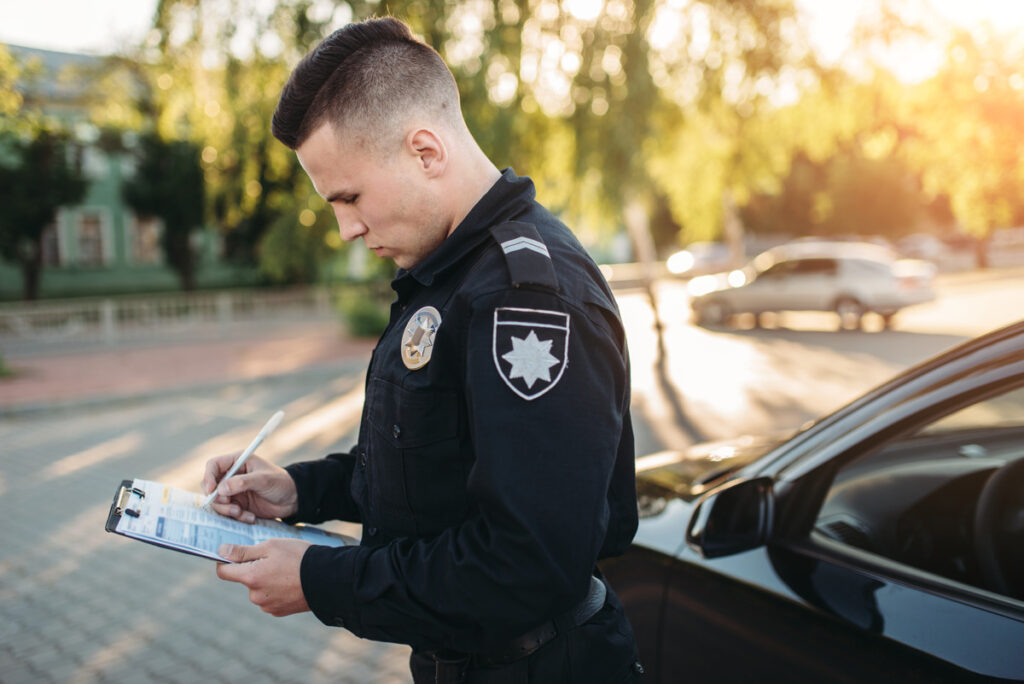
Reporting the accident to local law enforcement is essential, even if the injuries do not seem severe. Filing a police report provides an official record of the accident and documents essential details, such as the location, time, and event description. The police report can later serve as crucial evidence when filing your pedestrian accident claim.
In addition to helping you gather evidence, police officers can assess whether the other party was violating any traffic laws or driving under the influence of drugs or alcohol. These findings can be helpful when establishing liability.
4. Contact a Personal Injury Attorney
Navigating the process of filing a pedestrian accident claim on your own can be challenging, especially if you are dealing with serious injuries. Hiring a skilled pedestrian accident attorney can make a significant difference in the outcome of your case. An attorney will:
- Guide you through the legal process, explaining each step of the way.
- Handle communication with insurance companies on your behalf.
- Help you gather and organize the necessary evidence to support your claim.
- Ensure that all paperwork and legal deadlines are met.
- Negotiate a fair settlement that covers all of your damages.
- Represent you in court if your case goes to trial.
The legal expertise and negotiation skills of an experienced attorney will improve your chances of receiving the compensation you deserve.
5. File Your Claim with the At-Fault Driver’s Insurance Company
Once you have gathered the necessary evidence and consulted with an attorney, you must file a pedestrian accident claim with the at-fault driver’s insurance company. Filing a claim typically involves submitting a demand letter that outlines the following:
- The details of the accident.
- The injuries you sustained.
- The medical treatments you have received and will need in the future.
- Proof of lost wages if you missed work due to your injuries.
- A demand for compensation to cover your damages.
Your attorney will help you prepare this demand letter and present the supporting documentation, such as medical records, witness statements, and the police report, to strengthen your claim.
6. Negotiate a Settlement
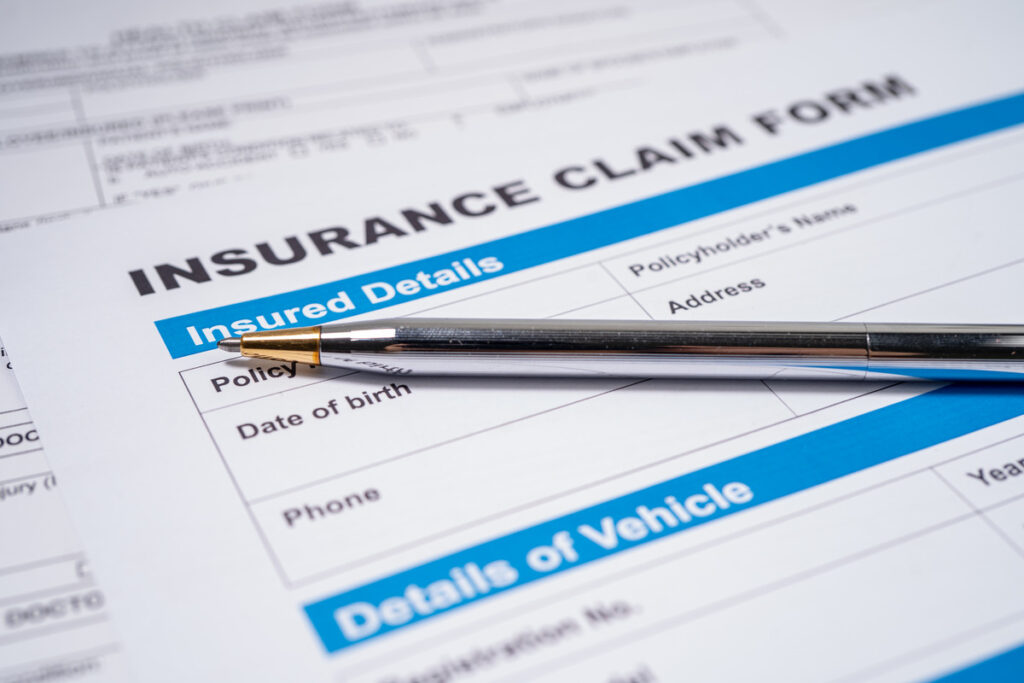
Once you file your claim, the insurance company will likely launch its investigation to determine liability and assess the extent of your damages. During this time, your attorney will negotiate with the insurance company.
Insurance companies often start with low settlement offers, hoping claimants will accept less than they deserve. However, your attorney will work to negotiate a fair settlement that covers all of your expenses, including medical bills, lost wages, pain and suffering, and any future medical needs.
7. File a Lawsuit (If Necessary)
If negotiations with the insurance company do not result in a fair settlement, your attorney may recommend filing a lawsuit. Taking your case to court may be necessary if the insurance company denies liability or refuses to offer adequate compensation.
During a personal injury lawsuit, your attorney will present evidence to the court and advocate for you in front of a judge or jury. While most pedestrian accident cases are resolved through settlement, having the option to go to court can motivate the insurance company to settle somewhat.
Common Questions about Pedestrian Accident Claims
Filing a pedestrian accident claim can be complex and overwhelming, especially if you are unfamiliar with personal injury law. Here are answers to some of the most frequently asked questions about pedestrian accident claims.
1. What Damages Can I Recover in a Pedestrian Accident Claim?
If you were injured in a pedestrian accident, you may be entitled to recover several types of damages, including:
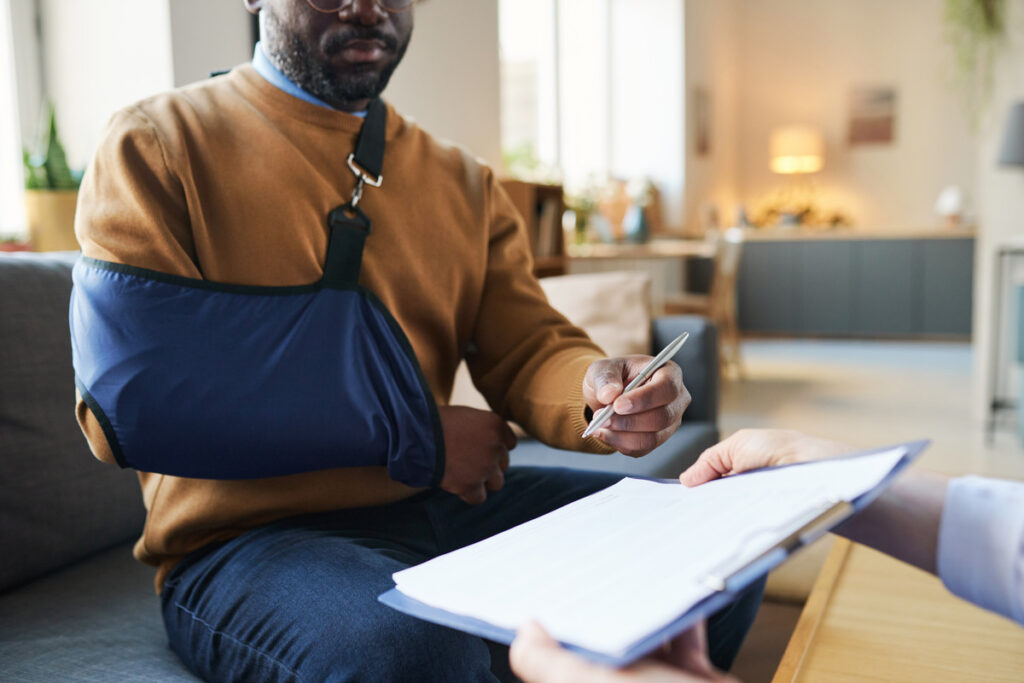
- Medical Expenses: You can recover compensation for all medical bills related to the accident, including hospital stays, surgeries, rehabilitation, physical therapy, medication, and any future medical treatments you may need.
- Lost Wages: If your injuries prevent you from working, you can recover compensation for your lost income during your recovery period. This includes current lost wages and, in cases of long-term disability, future earnings you will no longer be able to earn.
- Pain and Suffering: Pain and suffering refer to the physical pain, emotional distress, and psychological trauma caused by the accident. Non-economic damages like pain and suffering are often more challenging to quantify, but they are essential to personal injury claims.
- Loss of Enjoyment of Life: If your injuries have affected your ability to enjoy activities you previously engaged in—such as hobbies, sports, or family—you may be entitled to compensation for this loss.
- Permanent Disability or Disfigurement: If your injuries result in permanent disability or scarring, you can seek compensation for the lifelong impact these conditions will have on your quality of life.
- Property Damage: If personal property, such as your phone, clothing, or other belongings, was damaged during the accident, you could be compensated for its repair or replacement.
- Wrongful Death: If a pedestrian accident results in a fatality, surviving family members may file a wrongful death claim to recover compensation for funeral expenses, loss of financial support, and the emotional loss of companionship.
2. How Long Do I Have to File a Pedestrian Accident Claim?
The timeframe for filing a pedestrian accident claim is determined by each state’s statutes, which specify how long you must take legal action after the accident. The statute of limitations for personal injury cases varies by state but typically ranges from one to three years. It is essential to act promptly, as failing to file a claim within this time limit could result in losing your right to compensation.
If you are unsure of the statute of limitations in your state, a personal injury attorney can inform you of the deadlines and ensure that your claim is filed on time.
3. What Should I Do If the Insurance Company Denies My Claim?
Insurance companies may deny pedestrian accident claims for various reasons, including disputing liability, claiming that the injuries were pre-existing, or arguing that the pedestrian was at fault. If your claim is denied, there are still options available:
- Appeal the Denial: You can sometimes appeal the denial with the insurance company. Your attorney can help you build a stronger case and submit additional evidence to support your claim.
- Negotiate a Settlement: Insurance companies often use claim denials as a negotiating tactic to offer a lower settlement. Your attorney can continue negotiations with the insurance company to reach a fair settlement.
- File a Lawsuit: If the insurance company refuses to offer adequate compensation, you may need to file a personal injury lawsuit. A lawsuit can pressure the insurance company to settle, or it may result in a court verdict in your favor.
An experienced attorney can increase your chances of overcoming a claim denial and receiving the compensation you deserve.
4. Can I File a Claim If I Was Partially at Fault for the Accident?
Yes, you may still be able to file a claim if you were partially at fault for the accident. Many states follow a legal doctrine called comparative negligence, which allows injured parties to recover compensation even if they share some responsibility for the accident. However, your compensation will be reduced by the percentage of your fault.
For example, if you are found to be 20% responsible for the accident and your total damages amount to $100,000, you would still be eligible to receive $80,000 after the 20% reduction.
It’s important to note that some states follow a modified comparative negligence rule, which bars you from receiving compensation if you are more than 50% at fault for the accident. Consulting with an attorney can help you understand how your state’s laws state your case.
5. What If the At-Fault Driver Was Uninsured?
If the driver who caused your pedestrian accident does not have insurance, you may still be able to recover compensation through other means:
- Uninsured Motorist Coverage: If you have uninsured motorist (UM) coverage as part of your auto insurance policy, you can file a claim with your insurance company. UM coverage protects you in situations where the at-fault driver lacks insurance.
- Personal Injury Lawsuit: You can also file a lawsuit against the uninsured driver. However, recovering compensation may be more challenging if the driver lacks sufficient assets to pay for your damages.
Your attorney will explore options to help you recover compensation, even if the at-fault driver is uninsured.
What to Expect After Filing a Pedestrian Accident Claim
Once you file your pedestrian accident claim, you can expect several stages in the legal process:

1. Investigation
After you file your claim, the at-fault party’s insurance company will likely investigate the accident. This may include reviewing the police report, assessing medical records, interviewing witnesses, and examining your submitted evidence. Your goal is to determine liability and assess the extent of your injuries.
2. Negotiation
Once the insurance company concludes its investigation, your attorney will begin negotiations for a fair settlement. Insurance companies often offer low initial settlement amounts to minimize their payouts. Your attorney will counter these offers and present evidence that justifies a higher settlement amount.
Negotiations can take time, but many cases are resolved through settlement rather than trial. Settling out of court can be faster and less expensive, allowing you to receive compensation without needing a lengthy trial.
3. Settlement or Trial
If your attorney and the insurance company can agree on a fair settlement, the case will be resolved, and you will receive compensation for your damages.
If the insurance company refuses to offer a fair settlement, your attorney may recommend filing a lawsuit and trialing the case. At trial, a judge or jury will hear both sides of the case and decide whether you are entitled to compensation and how much.
4. Receiving Compensation
Suppose your case is resolved through a settlement or court verdict. In that case, you will receive compensation for your medical expenses, lost wages, pain and suffering, and any other damages related to the accident. Your attorney will help ensure that all legal fees, medical liens, and other obligations are paid from the settlement, and the remaining amount will be disbursed to you.
Why You Need a Pedestrian Accident Lawyer
Filing a pedestrian accident claim with legal representation can be more accessible, especially when dealing with complex legal issues and negotiating with insurance companies. Here are some reasons why hiring a pedestrian accident lawyer is essential:
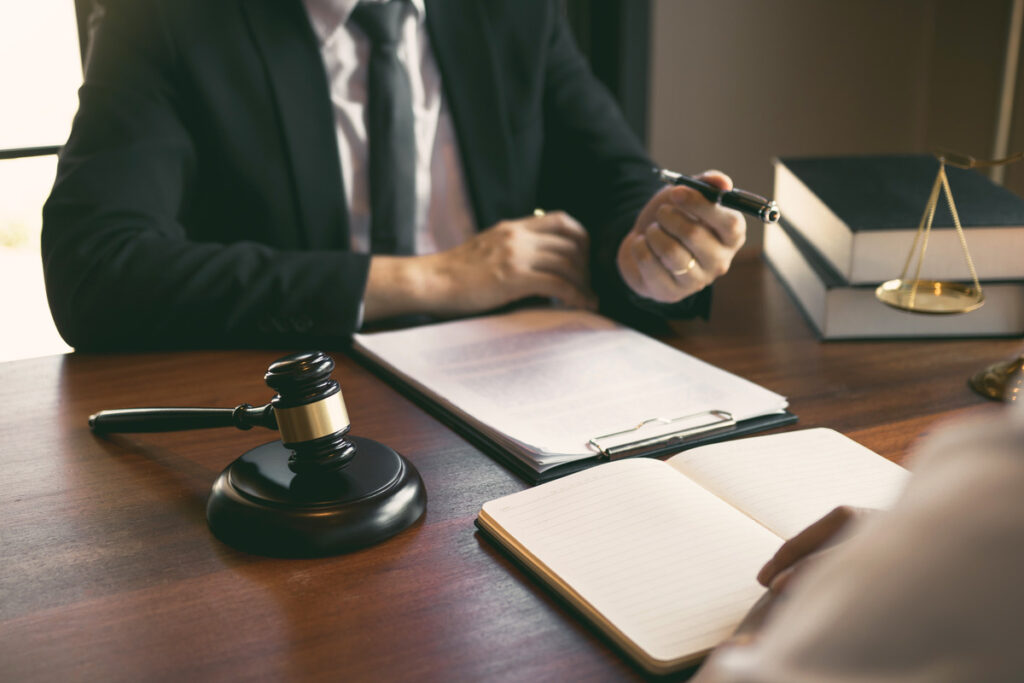
- Expert Guidance: A lawyer will guide you through every step of the legal process, ensuring that all paperwork is filed correctly and deadlines are met.
- Maximized Compensation: Insurance companies are known for minimizing payouts. A lawyer will fight to ensure you receive the maximum compensation for your injuries, lost wages, and other damages.
- Handling Insurance Companies: Dealing with insurance adjusters can be intimidating, especially if you are unfamiliar with their tactics to deny or reduce claims. Your lawyer will handle all communication with the insurance company, advocating for your best interests.
- Strong Case Presentation: A lawyer will gather evidence, interview witnesses, consult medical experts, and build a solid case to prove liability and establish the extent of your injuries.
- Trial Representation: If your case goes to trial, having a lawyer to represent you in court is essential. They will present your case before a judge or jury and fight for a favorable verdict.
Hiring an experienced personal injury attorney increases your chances of securing a fair settlement or verdict, giving you the peace of mind to focus on your recovery.
The Importance of Acting Quickly
Time is of the essence when it comes to filing a pedestrian accident claim. The longer you wait, the harder it becomes to gather evidence, and witnesses witnesses fade. Additionally, the statute of limitations in your state limits how long you have to file a claim, so it’s essential to act promptly.
Call to Action:

If you or a loved one has been injured in a pedestrian accident, don’t delay donating legal help. The Law Office of Bobbie Young is here to assist you in every step of your case.
Our team of experienced pedestrian accident attorneys will fight tirelessly to ensure you receive the compensation you deserve for your injuries, lost wages, and pain and suffering.
Our team of experienced pedestrian accident attorneys will fight tirelessly to ensure you receive the compensation you deserve for your injuries, lost wages, and pain and suffering.
We understand how overwhelming it can be to navigate the legal process while recovering from an accident. We are committed to providing you with the support and guidance you need during this difficult time. Let us handle the legal complexities so you can focus on healing.
Contact us today to schedule your consultation, We are here to help you secure the justice and compensation you deserve.
Contact us today to schedule your consultation, We are here to help you secure the justice and compensation you deserve.
Your Legal Solution Starts Here
Clear, practical legal advice you can count on when it matters most